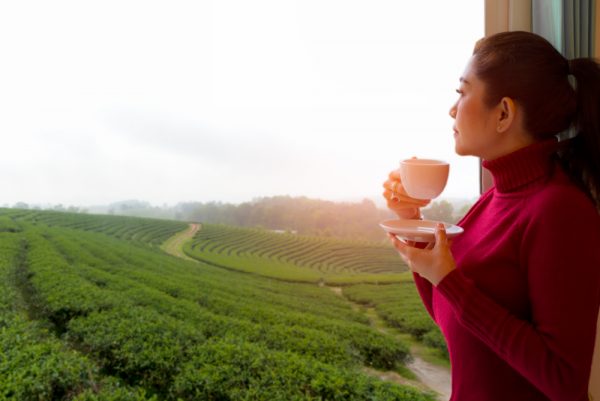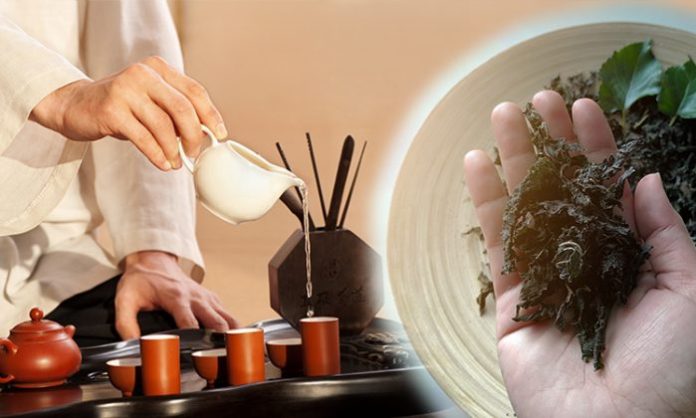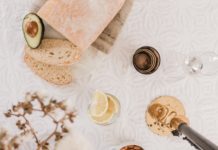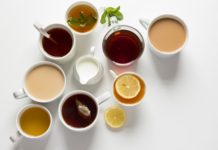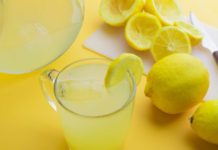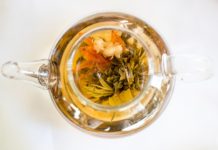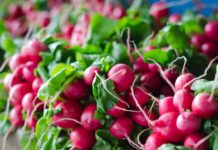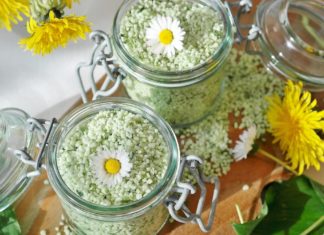There is a Chinese saying: “Firewood, rice, oil, salt, sauce, vinegar, and tea are the seven necessities to begin a day.” With tea being an integral part of Chinese culture, it has been a long-held tradition for Chinese people to offer tea to their guests, and finish off a meal with a cup of tea.
Let’s delve into tea culture in China, which has a history as long as 5,000 years.
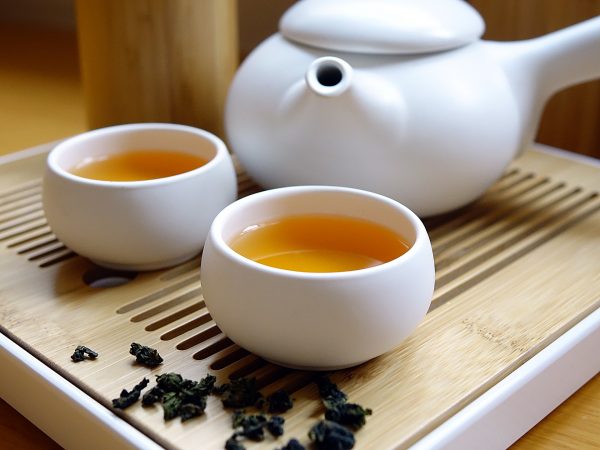
Some 5,000 years ago, before China’s ancient dynasties began, China was called “The Land of the Divine.” This was a time when gods were believed to have coexisted with human beings.
It was said that demigods such as Fu Xi (伏羲), who was the first emperor of China, established a marital system in Chinese society, and passed down the know-how of catching fish using a net, as well as animal husbandry, to the early Chinese people, who were living in primitive conditions.
And it was Shen Nong (神農), meaning “Divine Farmer” or “God of Agriculture,” who was said to have had a man’s body, an ox’s head, and a transparent stomach. Shen Nong taught the ancient Chinese people medicinal knowledge, how to craft farming tools, how to turn wasteland into farming fields, and how to cultivate crops.
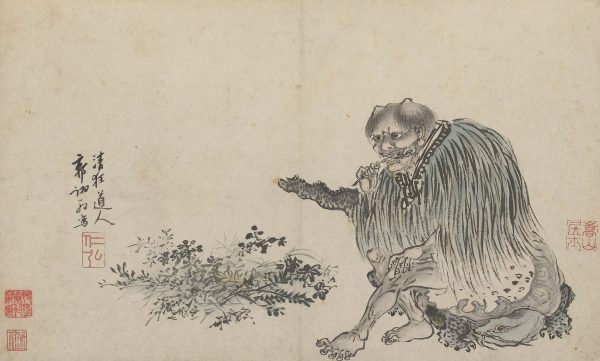
To expand on his medicinal knowledge and to uncover more herbs, roots, and crops and document their medicinal properties, Shen Nong trekked into the deep forests and traversed over mountains to taste wild plants.
Through Shen Nong’s efforts, 365 medicinal herbs, along with numerous fruits and vegetables, and the five grains, rice, wheat, sorghum, millet, and beans, were identified. His findings were later compiled in a book called the “Divine Farmer’s Herb-Root Classic” (神農本草經) thousands of years later by Han Dynasty scholars.
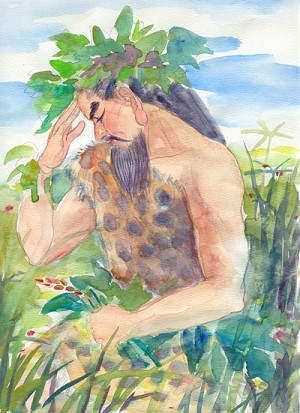
As Chinese mythology has it, through his crystal-clear belly, Shen Nong could determine which plants were poisonous and which plants could be used as herbs to treat ailments as he sampled them.
He often fell ill during his taste-testing adventures. Once, he sampled 70 kinds of poisonous plants within a day. Fortunately, through his exploration, Shen Nong also found an antidote that would help him fight all the toxins his body had accumulated.
Take a guess as to what detoxifying antidote Shen Nong found?
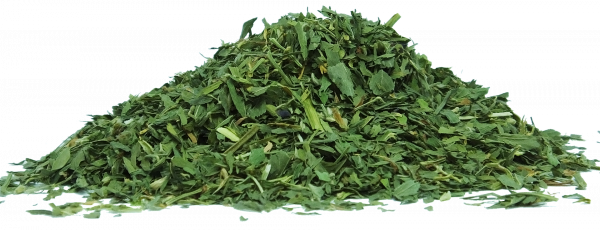
Yes—tea (茶)!
As it happened, Shen Nong had just lit a fire to boil a pot of water when a few tea leaves blew into his pot. He took a sip of the brew, which had a fragrant taste, and noticed something extraordinary occurring in his transparent stomach—the tea not only aided him in digesting all the food he had eaten, but it was detoxifying his body, fighting off all the poisons he had accumulated through all that taste-testing.
Since the tea was able to get through the mess to clean up his stomach for detoxification, Shen Nong named these kinds of leaves “cha” (檢), which means “to examine.” Later on, people changed the character to “cha” (茶), which is tea as we know it.
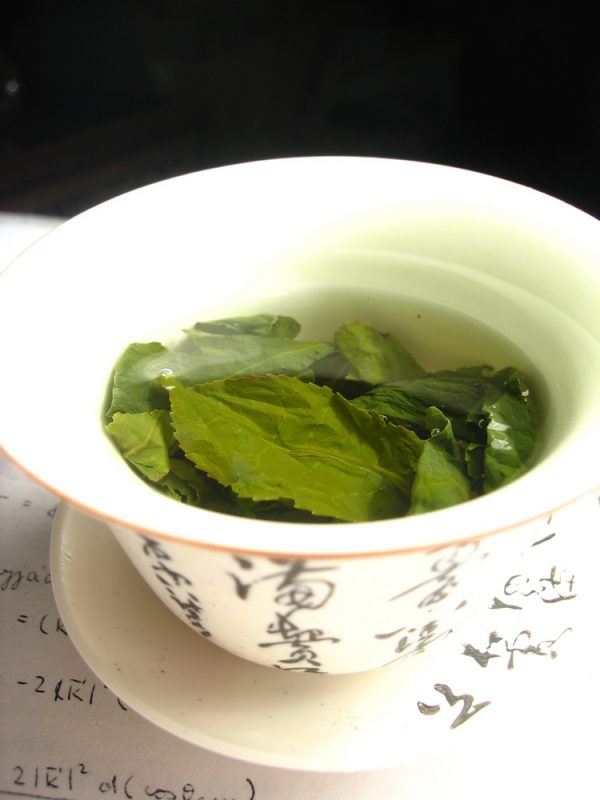
The ancient Chinese first regarded tea as a medicinal substance. By the beginning of the Zhou Dynasty (1046–221 B.C.), the royalties began using cooked tea leaves as a garnish to rice and vegetables for the purpose of detoxification.
Later, during the Han Dynasty (202 B.C.–220 A.D.), tea became a popular beverage, particularly among scholars. At that time, tea rituals were practiced at the imperial court.
During the Three Kingdoms period (220–280 A.D.), Chancellor Zhuge Liang began cultivating entire tea plantations.
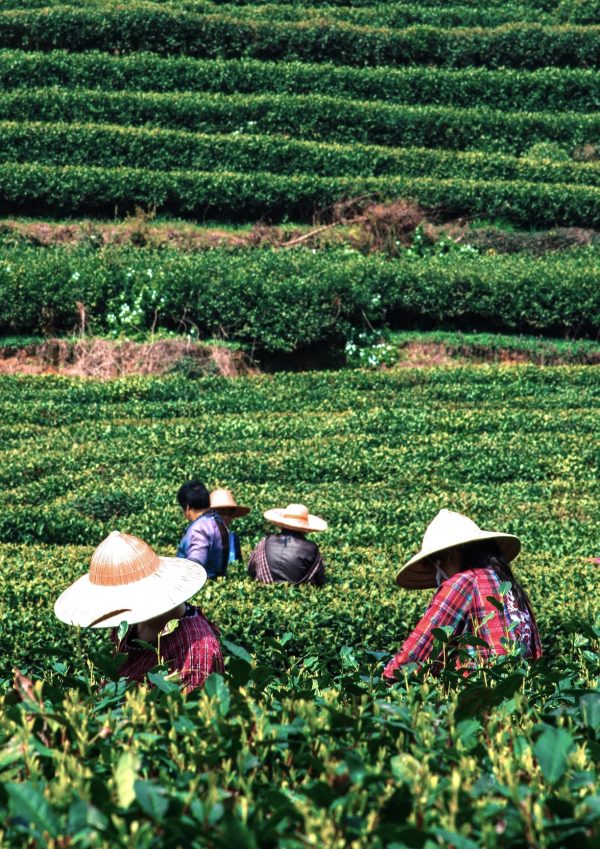
During the Qin Dynasty (221–206 B.C.), and subsequent Han Dynasty (206 B.C.–220 A.D.), various ways of preparing and using tea were adopted. Instead of boiling fresh tea leaves, they picked tea leaves to bake tea cakes. After the tea cakes were roasted on a fire, they were ground to dust and mixed with spring onion, ginger, and orange.
Tea remained a luxury commodity consumed only by wealthy scholars, officials, and the imperial court up until the Sui Dynasty (581–618 A.D.).
Finally, tea drinking became widespread among the common folk during the Tang Dynasty (618–907 A.D.). People also used tea cakes, which were finely ground and placed into a cup using a sieve, before boiling water was poured over it.
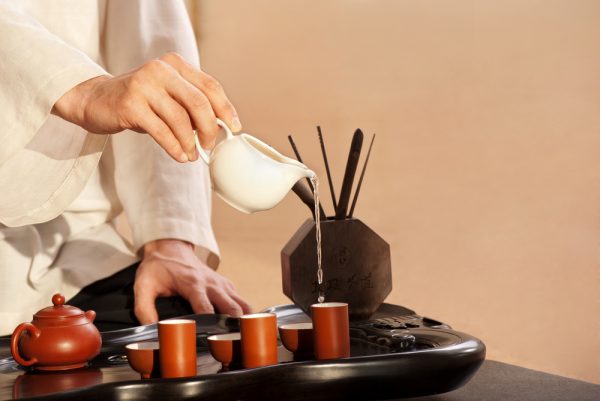
In the Tang Dynasty, which was when Chinese tea culture really took off, “tea drinking” gradually developed into “tea tasting.” Scholars frequently organized tea banquets—elegant, yet serious events with strict etiquette rules—at the royal palace and in temples. Tea of high quality was savored and appreciated. Moreover, tea was prepared with rare and exquisite tea sets, and only the water from famous springs was used for brewing for these special occasions.
The steps involved in the course of a tea banquet typically went as follows:
(1) The host would respect his guests by personally mixing the tea, or overseeing the mixing of the tea;
(2) Presenting the tea;
(3) Receiving the tea;
(4) Smelling the tea;
(5) Appreciating the color of the tea, then the taste;
(6) Following three rounds, guests would comment on the tea and discuss the host’s fine moral qualities;
(7) Enjoying the scenery while chatting or writing prose or poetry.
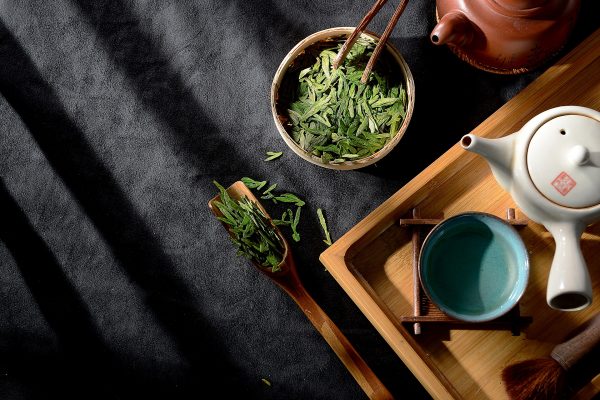
When China’s tea culture is mentioned, a Tang Dynasty scholar called Lu Yu (733–804 A.D.), or the “Sage of Tea,” comes to mind.
Lu Yu devoted his entire life to studying the art of tea. He invented the tea ceremony “Cha Dao” (The Way of Tea), and systematically put together an all-encompassing treatise on tea known as the “Tea Classic” (Cha Jing).
Influenced by the Confucian philosophy of harmony, the Buddhist teachings of truthfulness, and the Taoist concept of the unity of man and nature, Lu Yu found that tea symbolized the harmony and unity of the universe, and that tea tasting was a kind of spiritual enrichment.
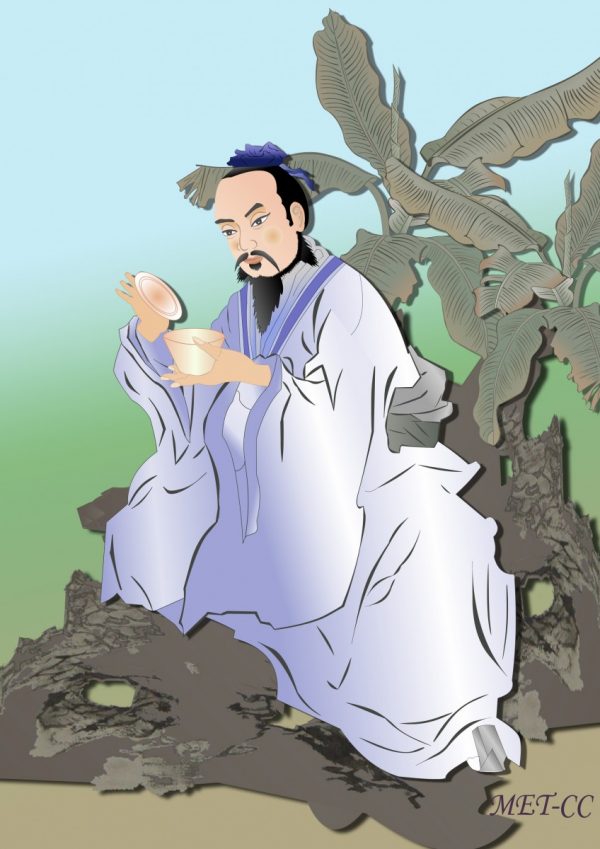
Why was tea tasting a kind of spiritual enrichment to the ancient Chinese?
Firstly, people can ruminate about the bitterness and sufferings in life through tea tasting, as tea is bitter, yet it has a sweet aftertaste. From tasting tea’s sweetness after experiencing its bitterness, one can gain a better appreciation of life and enlighten to the principle of “taking hardship as joy.”
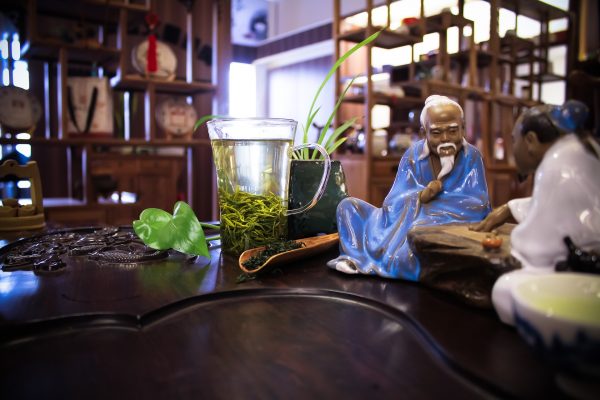
Secondly, people need to relinquish their attachments and maintain a calm heart and mind, then one can appreciate the tea’s color, fragrance, and taste. To attain a state of tranquility, one must calmly reflect on life and cultivate the mind, as well as temperament. Thus, tea can inspire one to live life nobly. Just as a Chinese couplet states, “A cup of spring tea temporarily keeps a guest, a simple and clean life inspires one to become immortal.”
By the Ming Dynasty, tea drinking was made more convenient when people just had to pour water into a pot or cup with tea leaves inside.
In modern times, the exhausting fast pace of life and the desire to do things faster has led to instant tea. As people have become more health conscious, decaffeinated tea has even come out.
With the passing of time, the art of tea tasting may have become more or less forgotten, but the “Cha Dao,” or Way of Tea, lives on …
